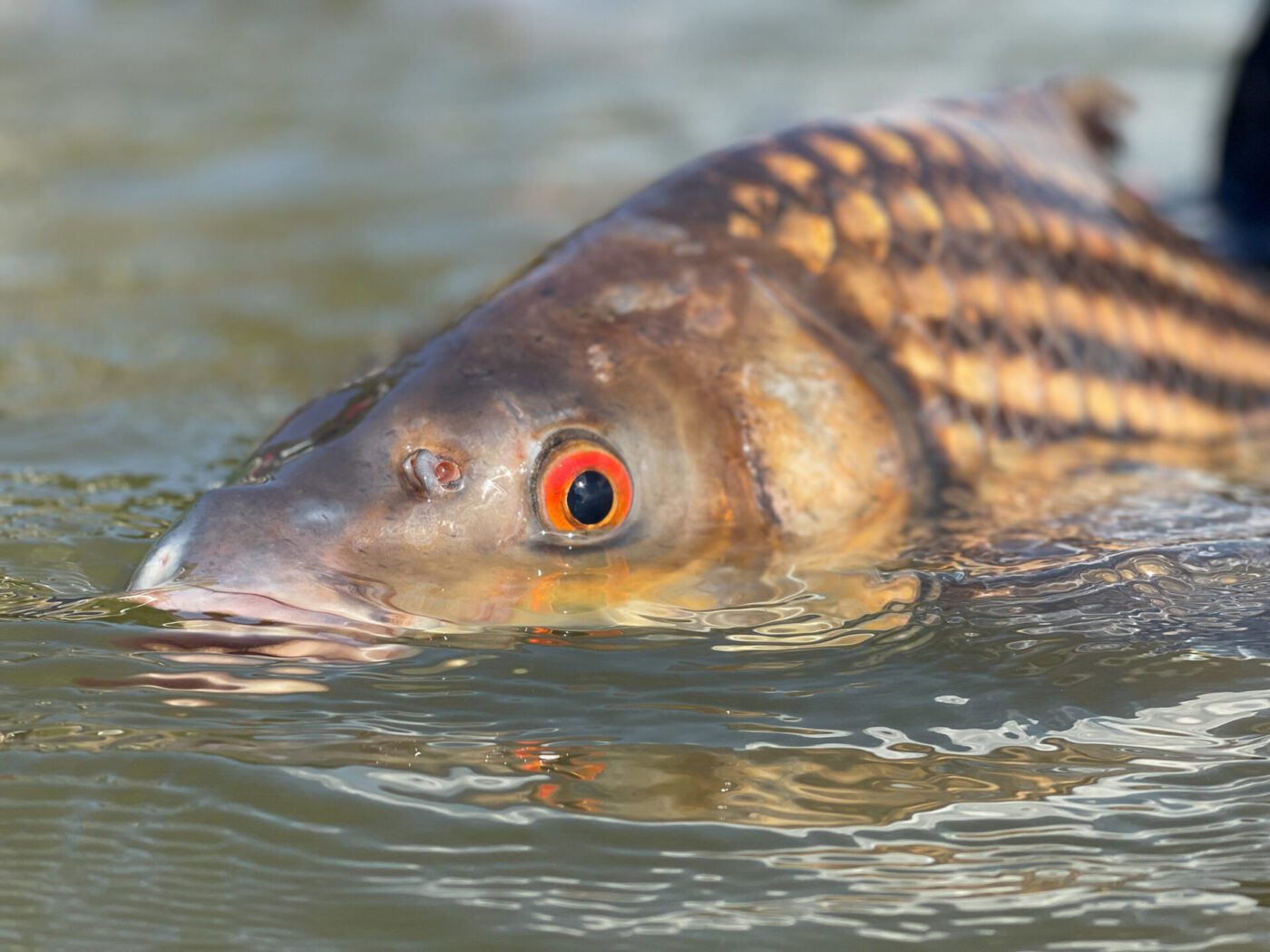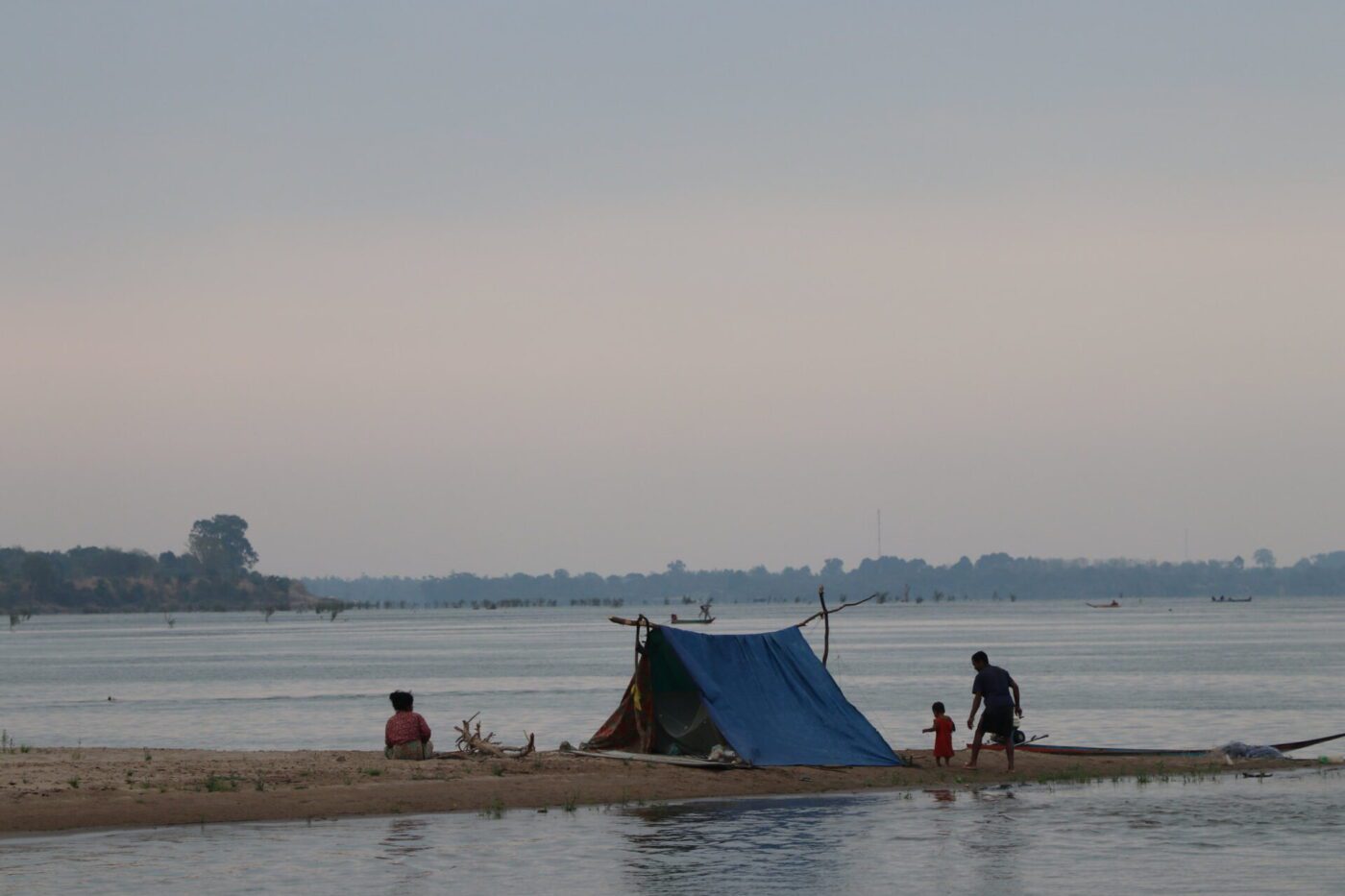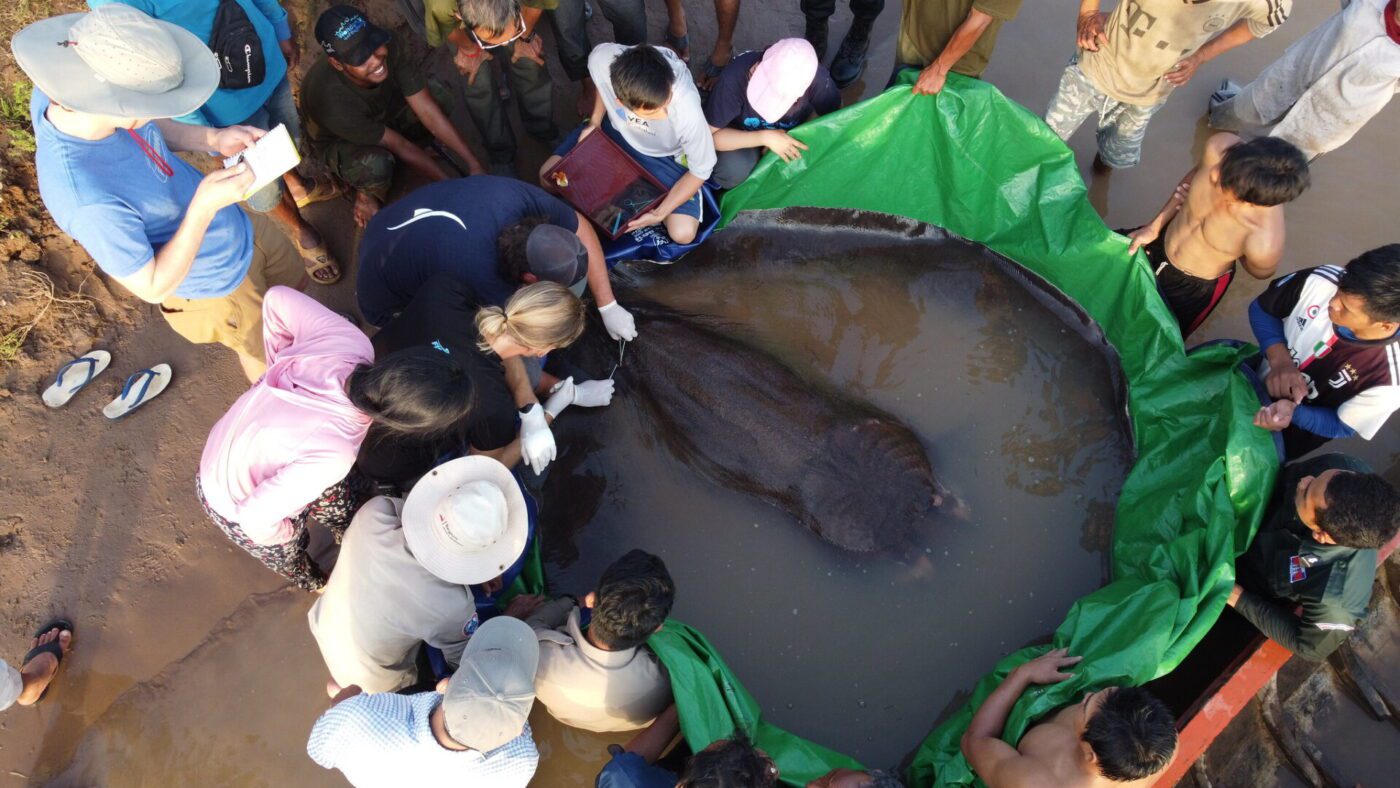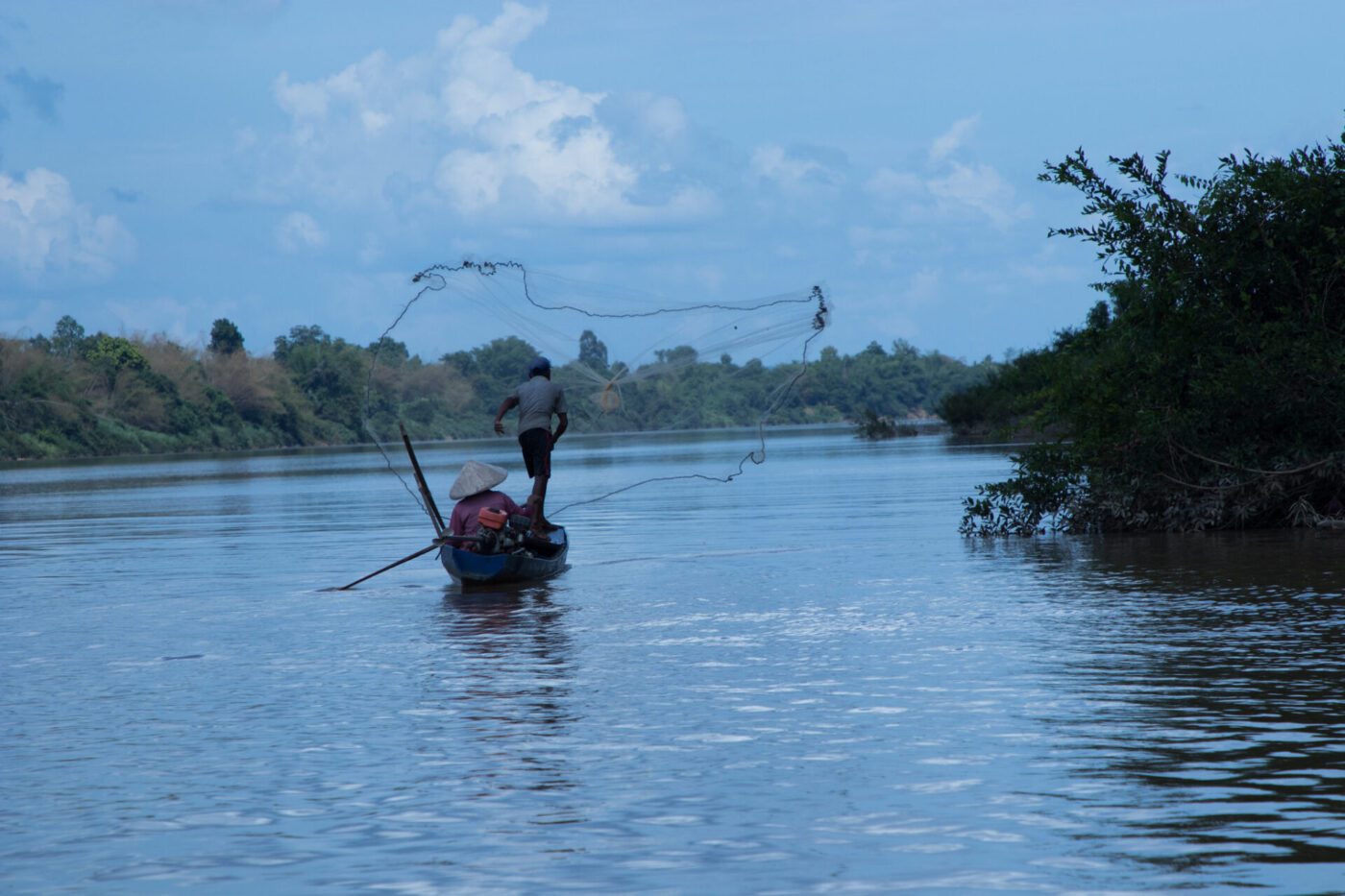Monday March 11, 2024

Year after year, the impacts of climate change and loss of biodiversity are becoming more apparent, and countries around the world are ramping up their commitments to address these challenges. International initiatives like the Kunming-Montreal Global Biodiversity Framework and the Paris Climate Agreement have led to an increase in awareness and commitments to achieving sustainability, but all too often this awareness includes only what’s happening on land. Consequently, the world beneath the surface of rivers, lakes and wetlands remains opaque. Failure to consider the value of freshwater biodiversity is a particularly glaring omission in the Mekong Basin, which supports the world’s largest inland fishery. In an effort to uncover this underwater wealth, a recent report from the World Wide Fund for Nature dives into the waters of the Mekong and highlights the many unique, incredible, and oft-forgotten fishes that call the region home. By celebrating the Mekong’s Forgotten Fishes – as well as highlighting the challenges they face – the 26 partner organizations that contributed to this report seek to issue a wake-up call to the global community, and ensure that the Mekong River’s valuable biodiversity is factored into plans for a sustainable future.

A Cambodian family at their fish camp on the Mekong River.
The Mekong is home to a dazzling diversity of fishes, from freshwater leviathans, to mysterious predators, to marathon migrants. Conservative estimates suggest around 899 species of freshwater fish can be found in the basin (not to mention many more estuarine and saltwater species that use the lower river), and at least 36% of these species are migratory. In fact, some argue that the largest migration on earth – in terms of number of animals – takes place annually in the Mekong. Because these species move among different habitats, sometimes covering hundreds of kilometers, connectivity of the river and its tributaries is essential. However, the construction of dams has significantly fragmented the basin. These dams and other human impacts to the basin such as pollution, agricultural expansion, sand mining, climate change, and increasing fishing pressure have placed fisheries at risk. This is a significant concern, as Mekong fisheries generate 2.3 billion tons of catch per year – 15% of the world’s total inland fish catch at a value of $11 billion USD.

A giant freshwater stingray (Urogymnus polylepis) that was captured in Cambodia in 2022 and implanted with a tracking tag to study its movement behavior.
Scientific understanding of trends in fish populations is limited throughout much of the Mekong, but even given the piecemeal nature of the data, a staggering 74 fish species in the Mekong are believed to be threatened with extinction. In fact, fish species make up a majority of the vertebrate animals in the Mekong region that are listed as Critically Endangered on the IUCN Red List. These alarming declines are evidenced by the shocking estimates that the population of fish in the Tonle Sap, Southeast Asia’s largest lake, have plummeted by 88%. These declines have contributed to the economic value of the fishery dropping by more than 33% in recent years.

Don Sahong Dam at the border of Lao People’s Democratic Republic and Cambodia.
Although the situation seems dire, hope is not lost. The report presents a six-point emergency recovery plan to stop the decline and help rebuild and maintain healthy ecosystems. The first step in this plan is to let rivers flow more naturally. Finding balance between human water use and development activity, as well as strategically monitoring the volumes of water, sediment and nutrients moving through the system could help establish appropriate regulations and objectives. The second step is to improve water quality, namely by addressing the decline in both productivity and suspended sediments that has arisen from dam construction, as well as by taking steps to reduce pollution from agriculture and industry. Step three highlights the need to protect and restore critical habitats and species, which may be accomplished by expanding upon existing networks of protected areas. Fourthly, unsustainable resource extraction like sand mining must be halted, and more sustainable policies that reduce impacts to immensely valuable fisheries need to be put in place. The fifth point in the plan calls for the prevention and control of non-native species by improving monitoring strategies and implementing eradication and mitigation measures. Finally, step six calls for the protection of free-flowing rivers, and emphasizes that ecological and fisheries impacts must be seriously considered and evaluated before building new dams on the mainstem river or its tributaries.

A fisherman throws a cast net into the Mekong River.
Although the Mekong’s remarkable fishes may be out of sight, out of mind for many, the people who live and work along the banks of the Mekong have certainly not forgotten them. The Mekong River is considered by people throughout the basin to be the mother of all things, and the cultural, economic, and ecological value of the fish it supports is well understood by local communities. It is critical that the rest of the world be made aware of the value of freshwater fish and how to improve their monitoring, so that this priceless resource can be properly protected – now and forever.
Header Image: A Critically Endangered Jullien’s golden carp (Probarbus jullieni).
This post was featured in our weekly e-newsletter, the Fish Report. You can subscribe to the Fish Report here.
